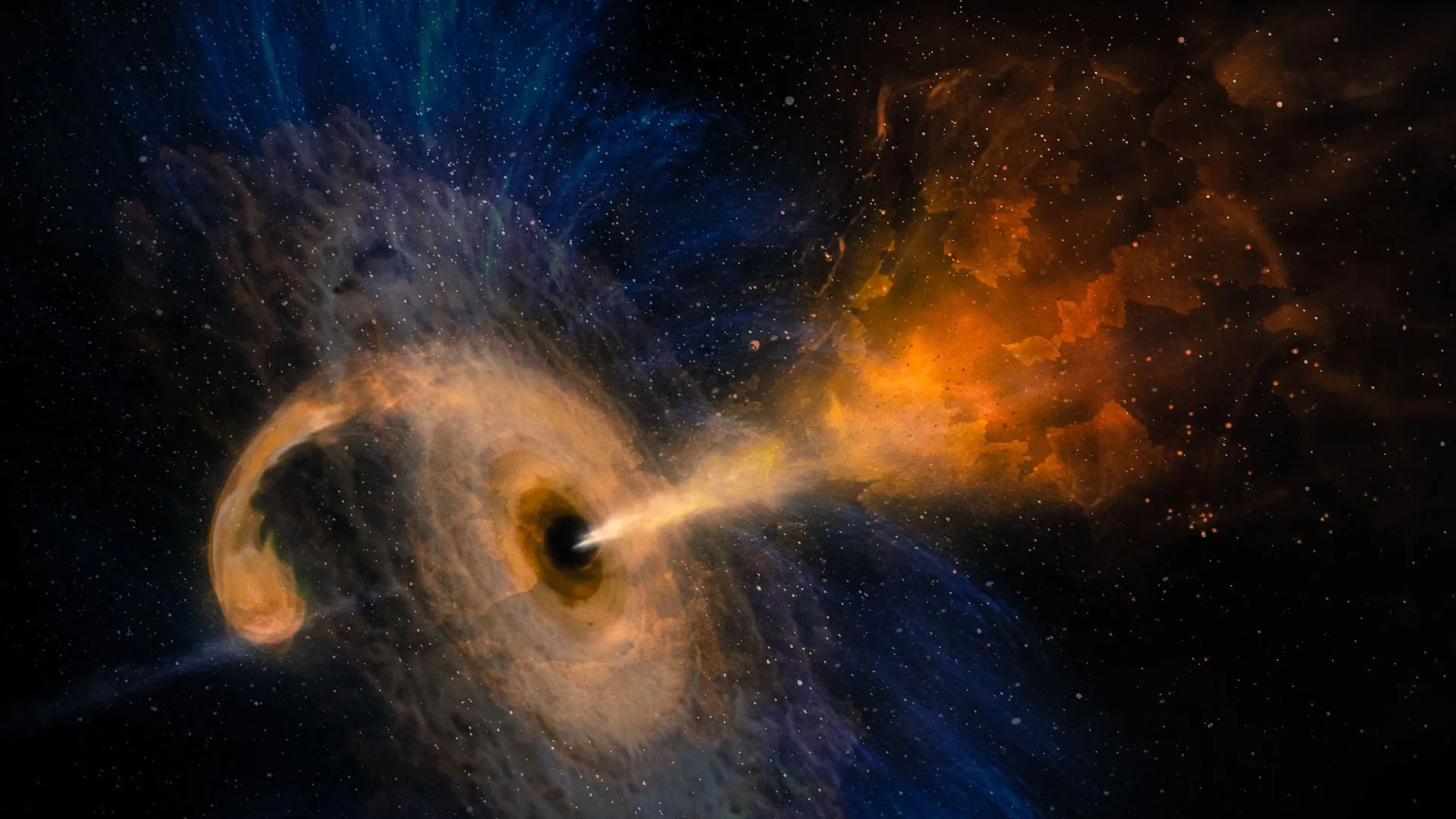Professor Rajendra Gupta from the University of Ottawa suggests that dark matter might not exist by analyzing changes in forces over time and the behavior of light in the universe. Dark matter is considered as a mysterious substance and it is believed to make up a significant part of the cosmos. It has been a fundamental component of the traditional model of the universe alongside ‘normal matter’ and ‘dark energy.’

Dark matter does interact with electromagnetic radiation and has never been directly observed. It is inferred from its gravitational effects on visible matter. Gupta’s study questions the necessity of dark matter in explaining these phenomena.
A recent study proposes an alternative view and it is suggesting that our universe may not contain dark matter. This challenges our current understanding of the universe and the role of dark matter within it.
Rajendra Gupta’s study utilizes a combination of the covarying coupling constants (CCC) and “tired light” (TL) theories to develop a model (CCC+TL) that explains cosmic phenomena without the need for dark matter.
Accelerated expansion of the universe could be attributed to the weakening forces of nature as the universe expands, rather than dark energy as previously thought. Gupta’s model proposes an alternative explanation for observed cosmological phenomena.
The study’s findings challenge the conventional understanding of dark matter and its role in the universe. Gupta’s research suggests that dark energy may not be required to explain the accelerated expansion of the universe. His study is the first to eliminate the cosmological existence of dark matter while remaining consistent with key cosmological observations.
There are several papers questioning the existence of dark matter, but his study provides a unique perspective. The study titled “Testing CCC+TL Cosmology with Observed Baryon Acoustic Oscillation Features” was published in the Astrophysical Journal.
Leave a Reply